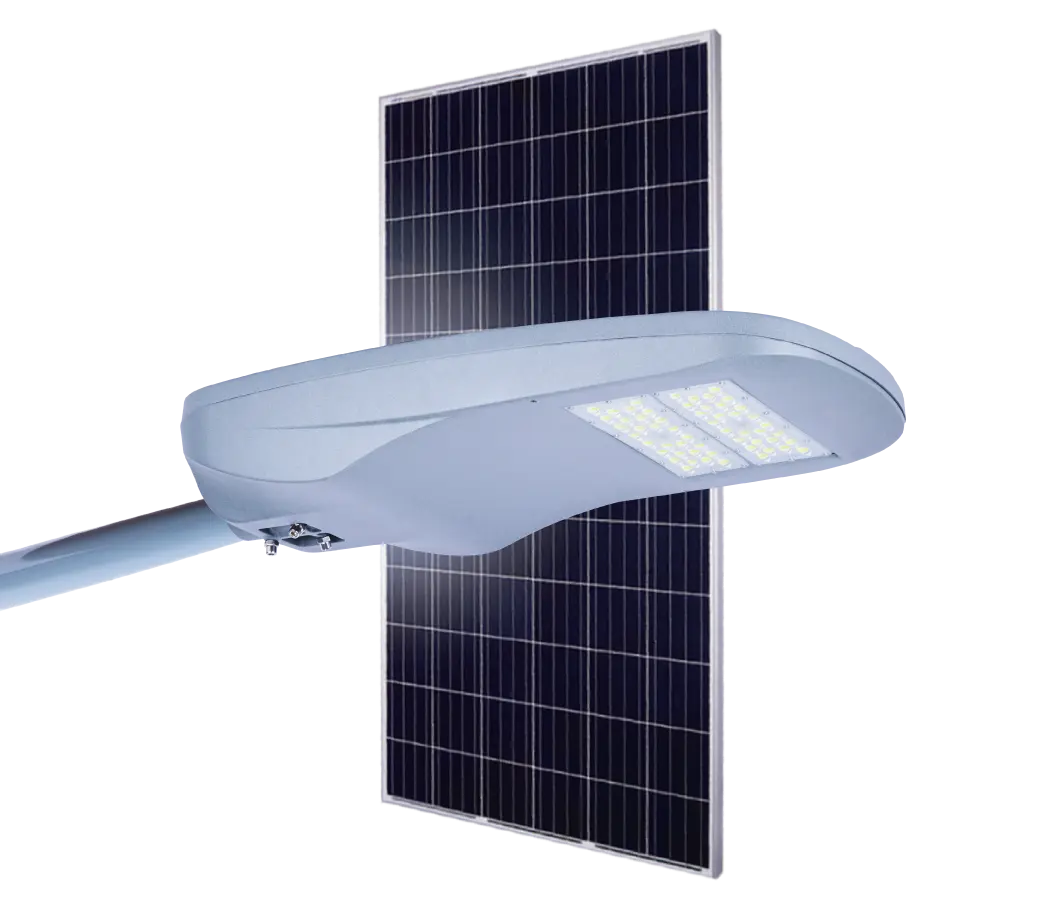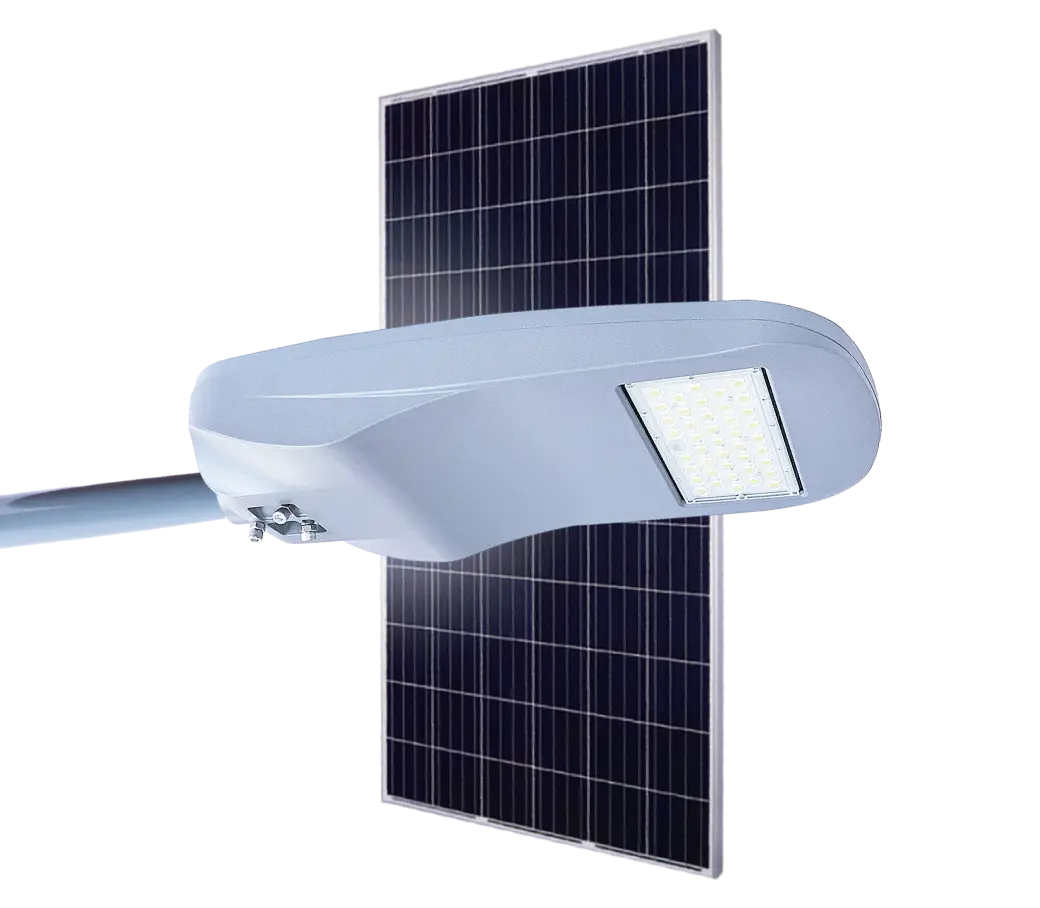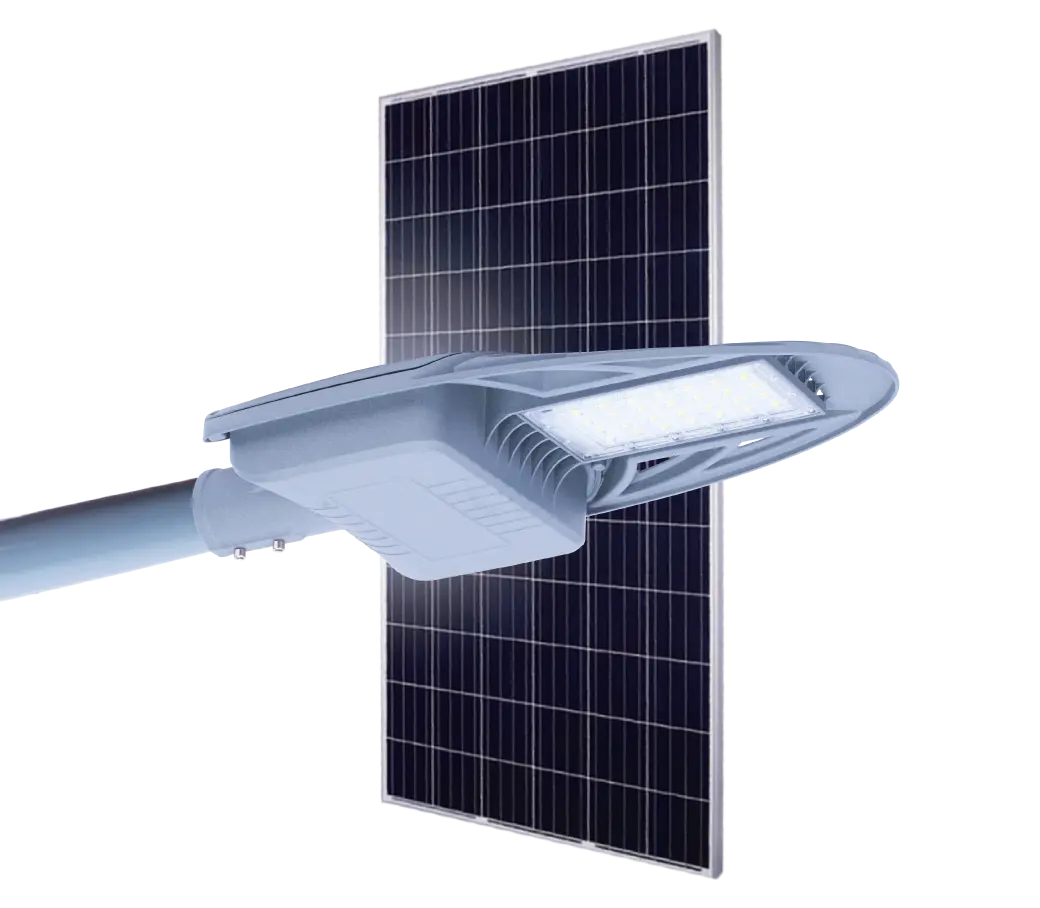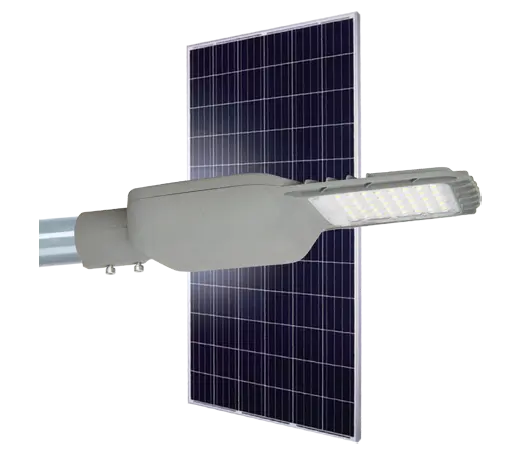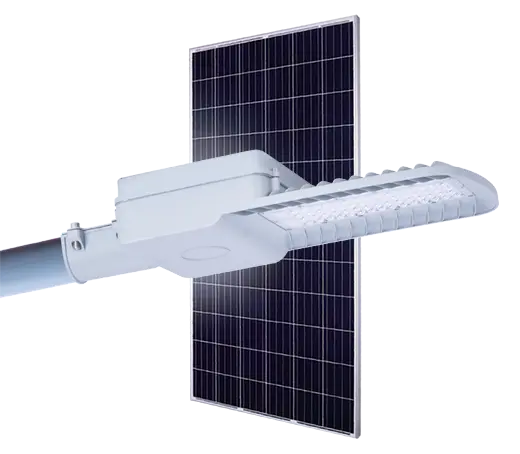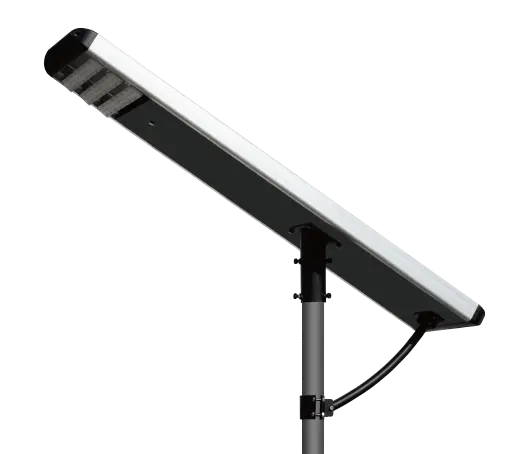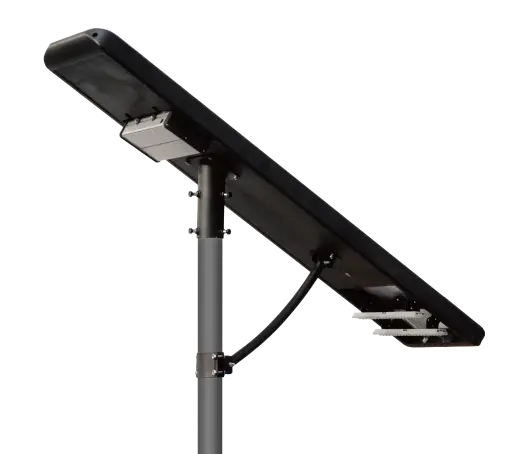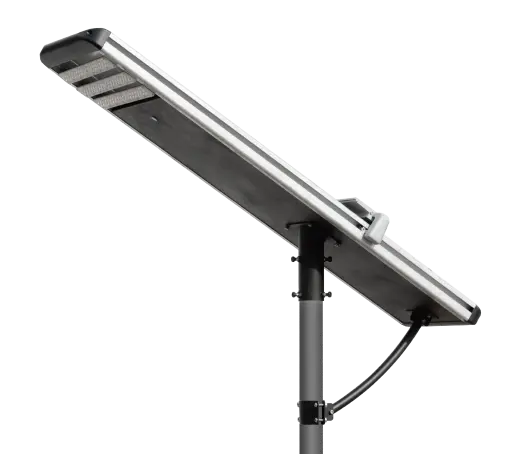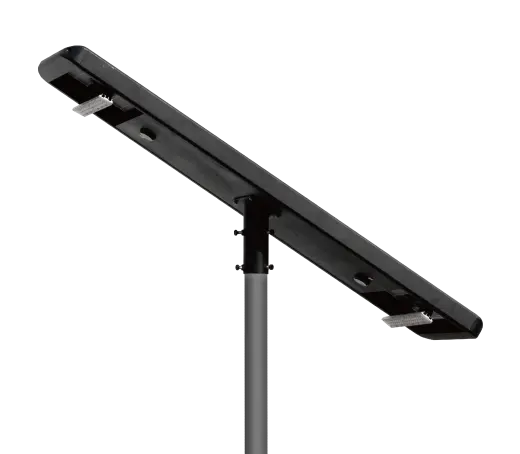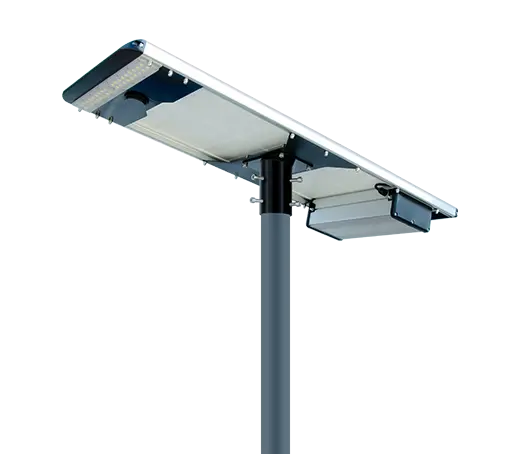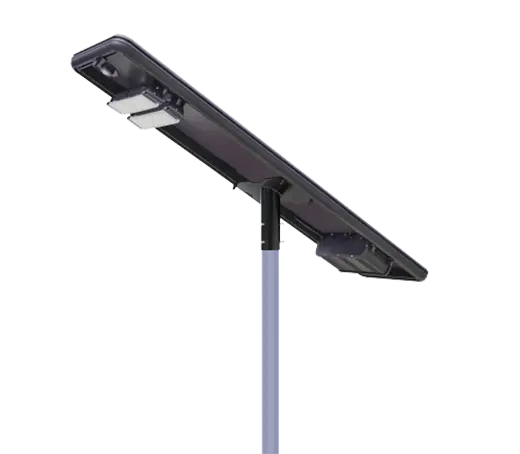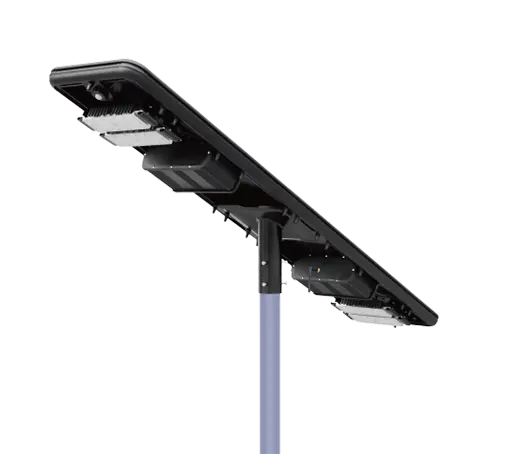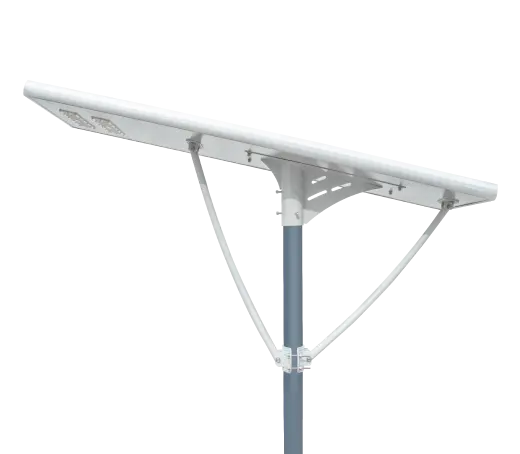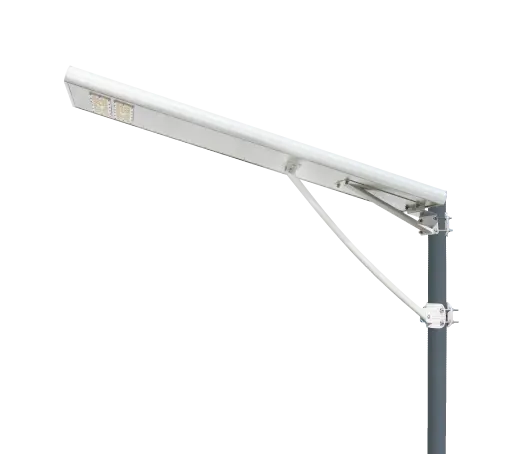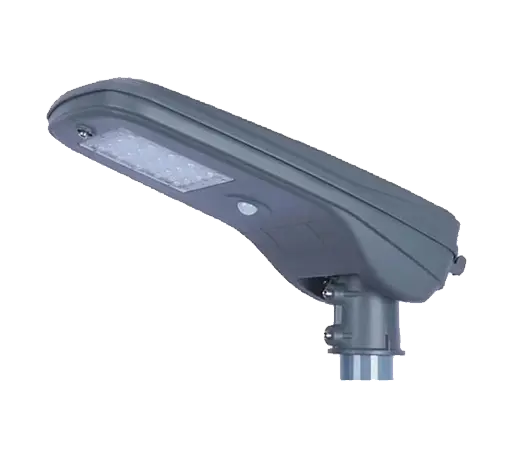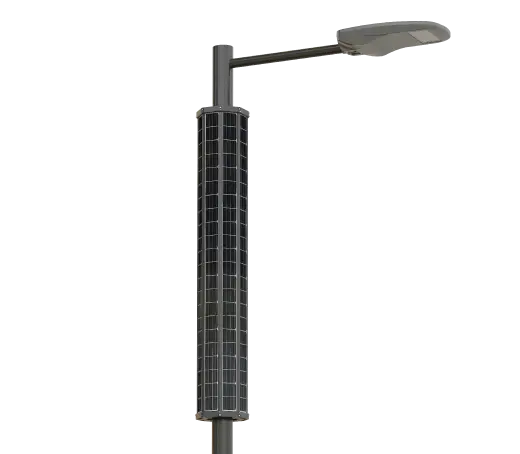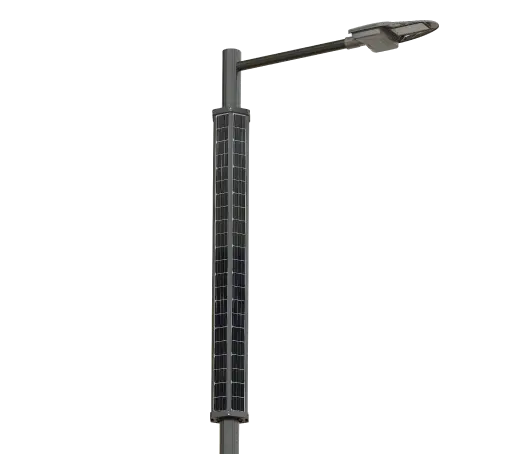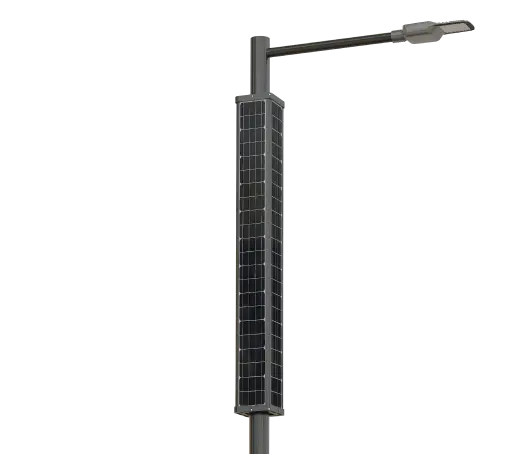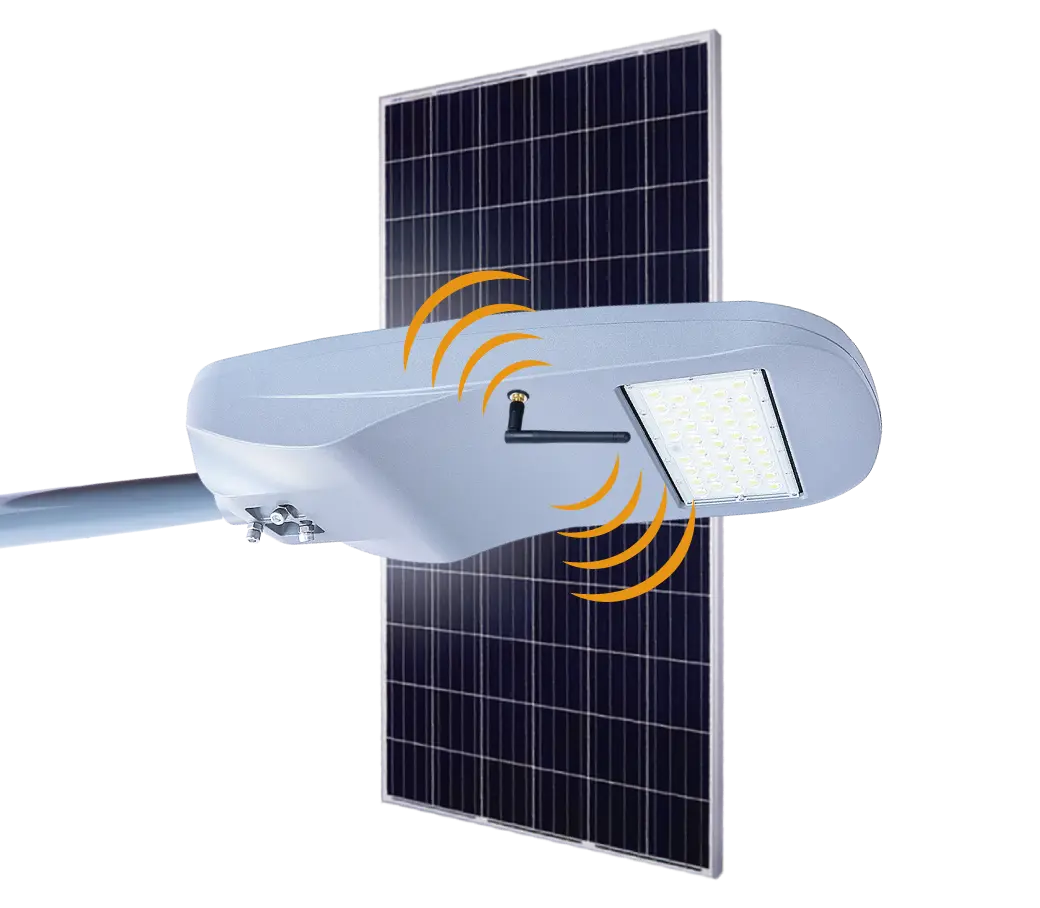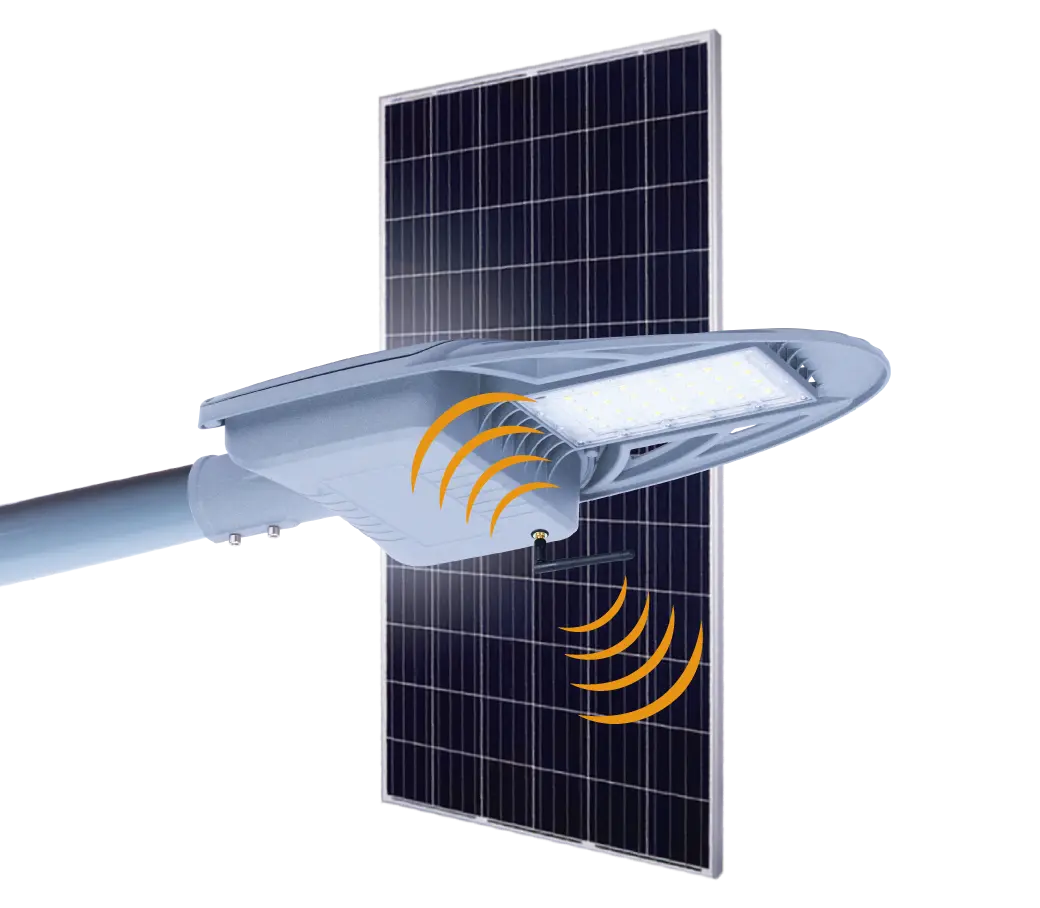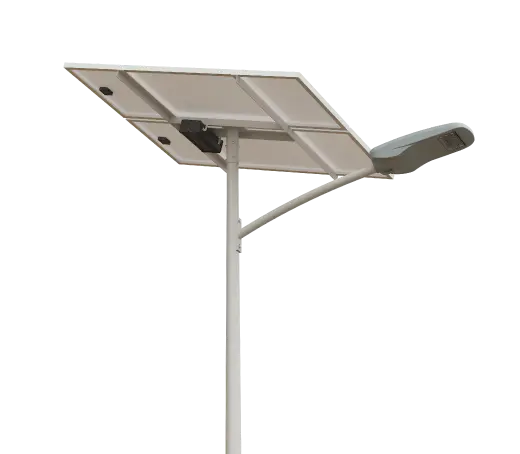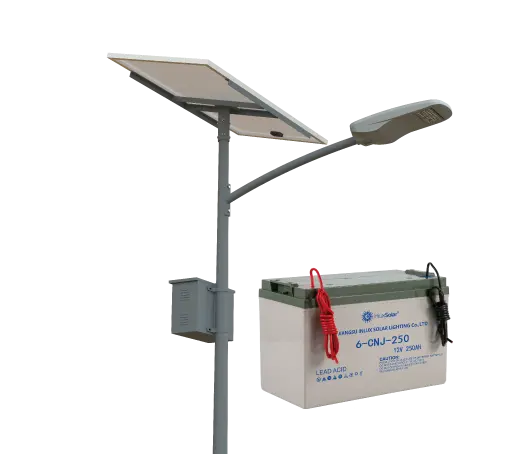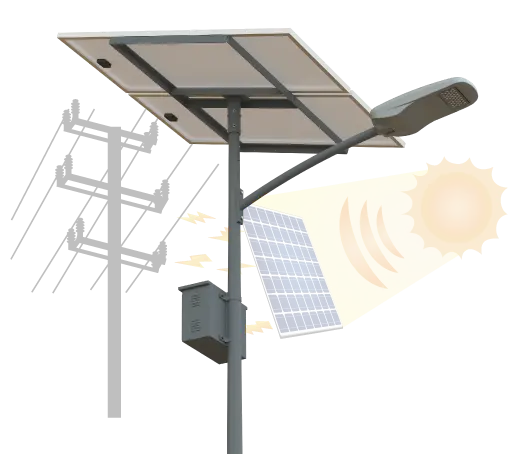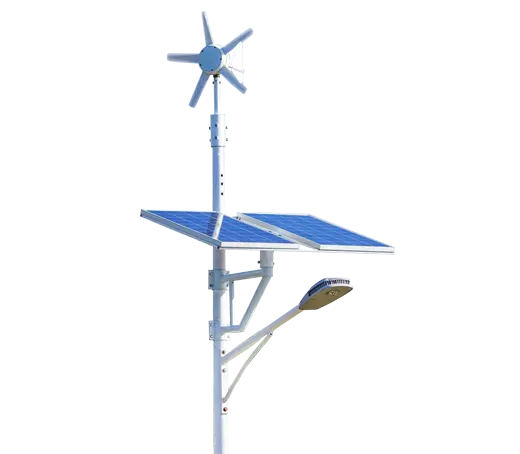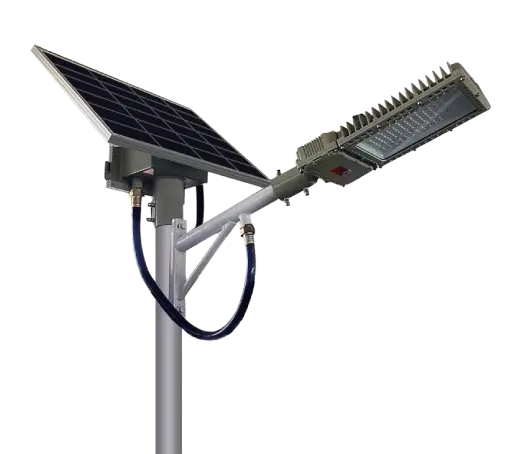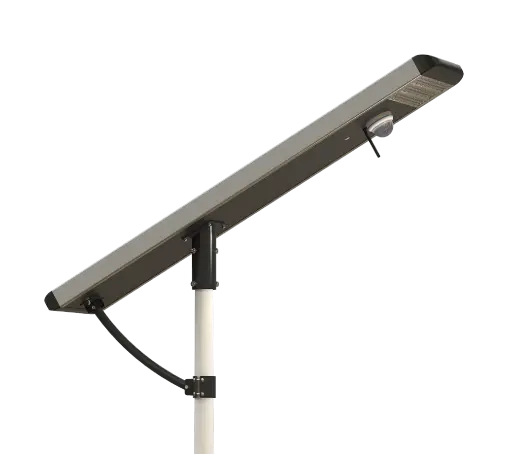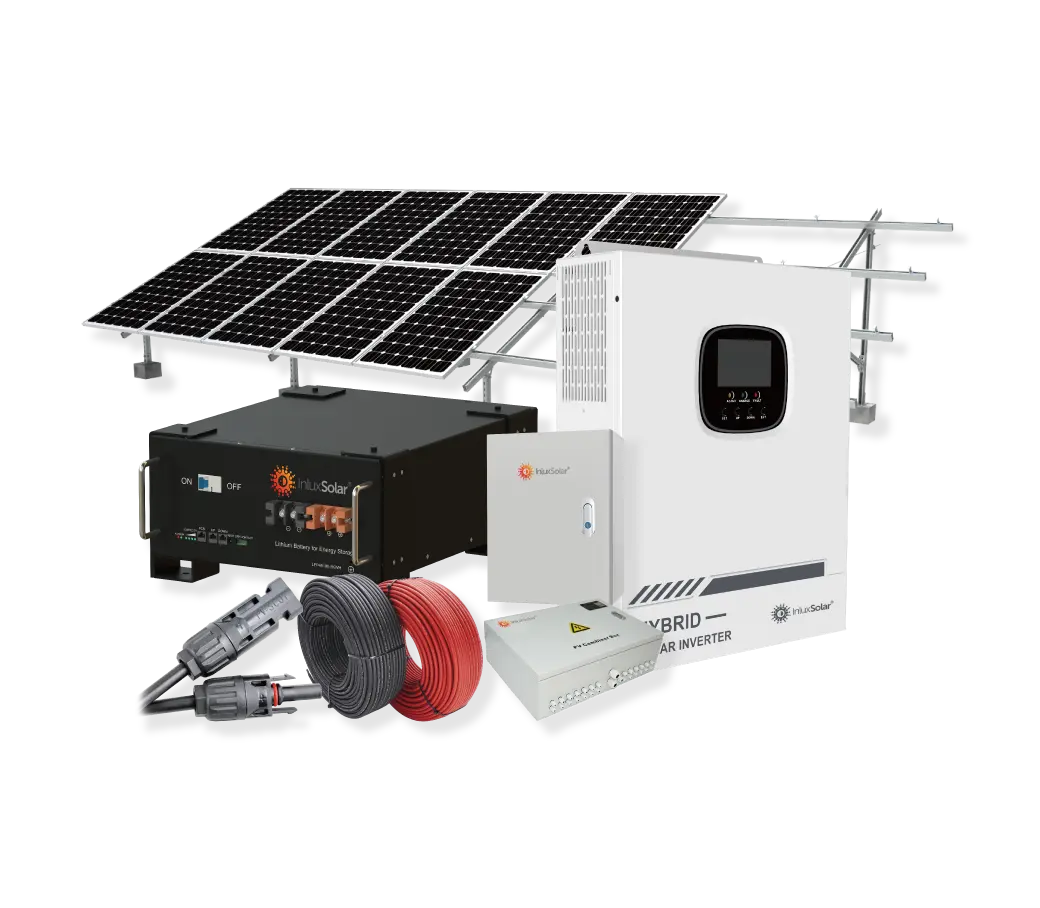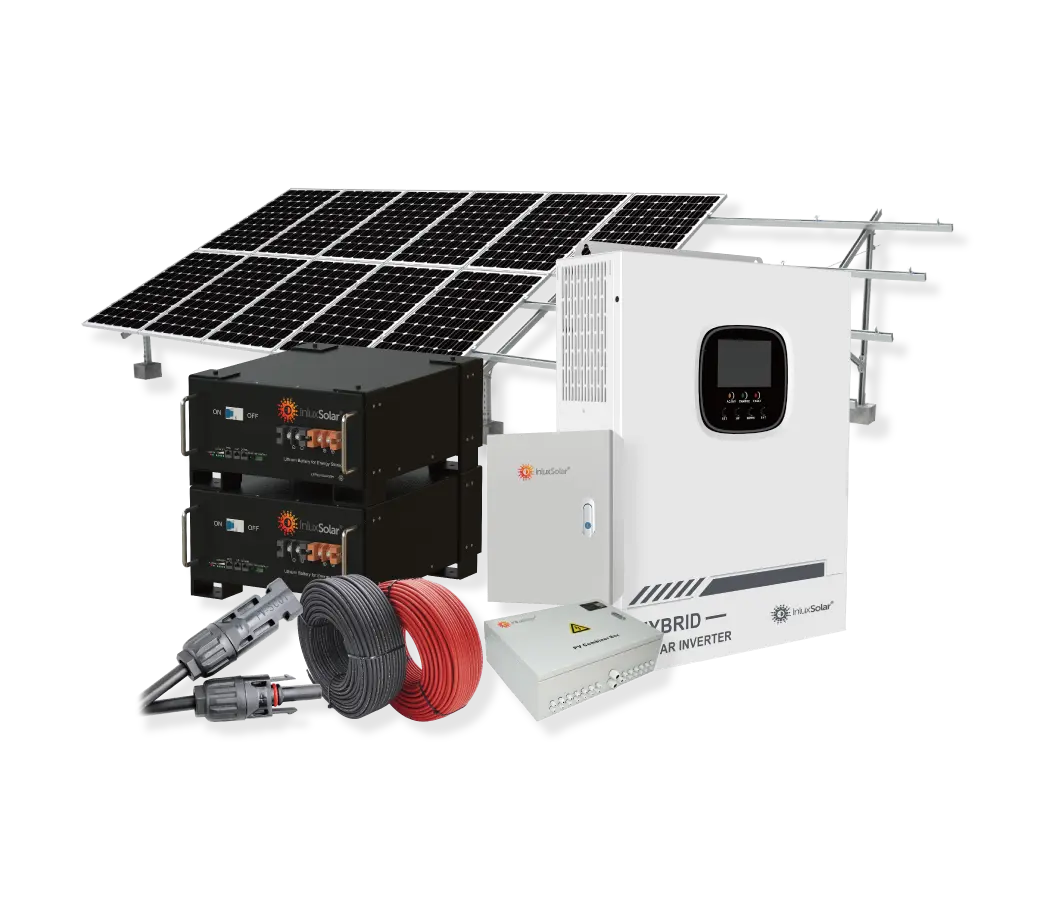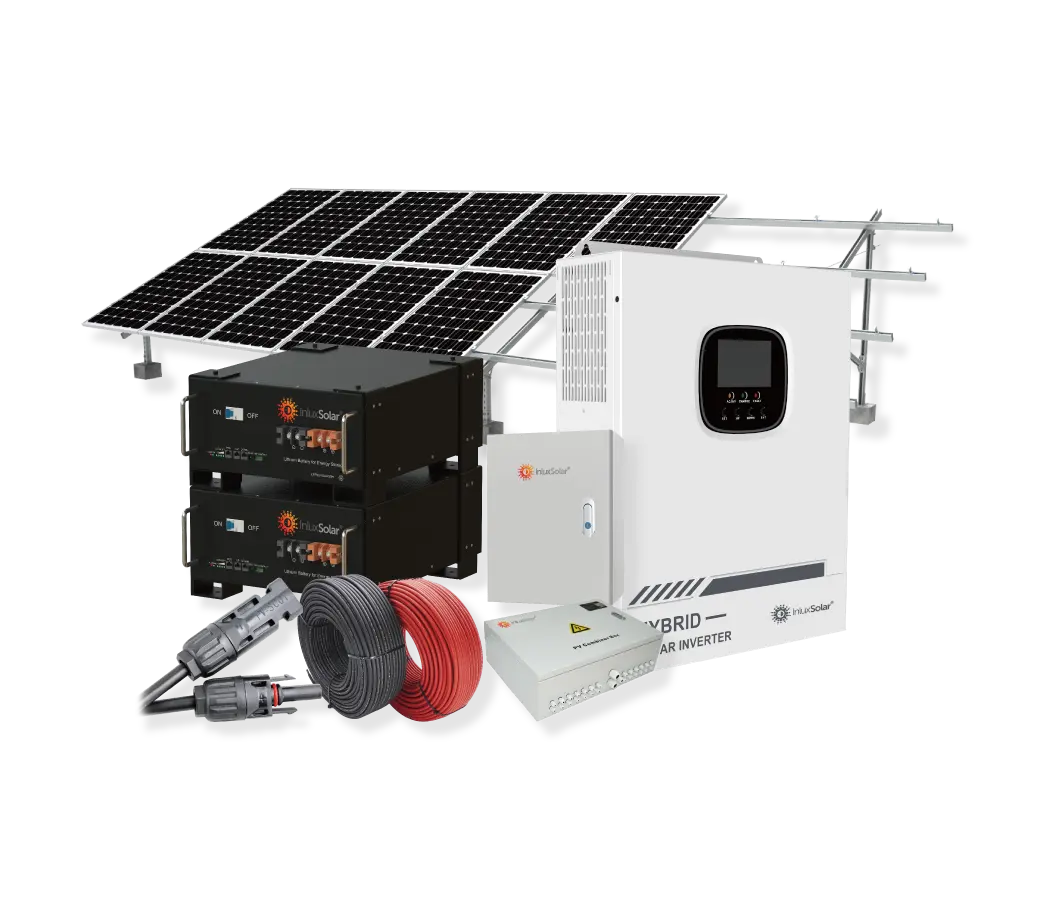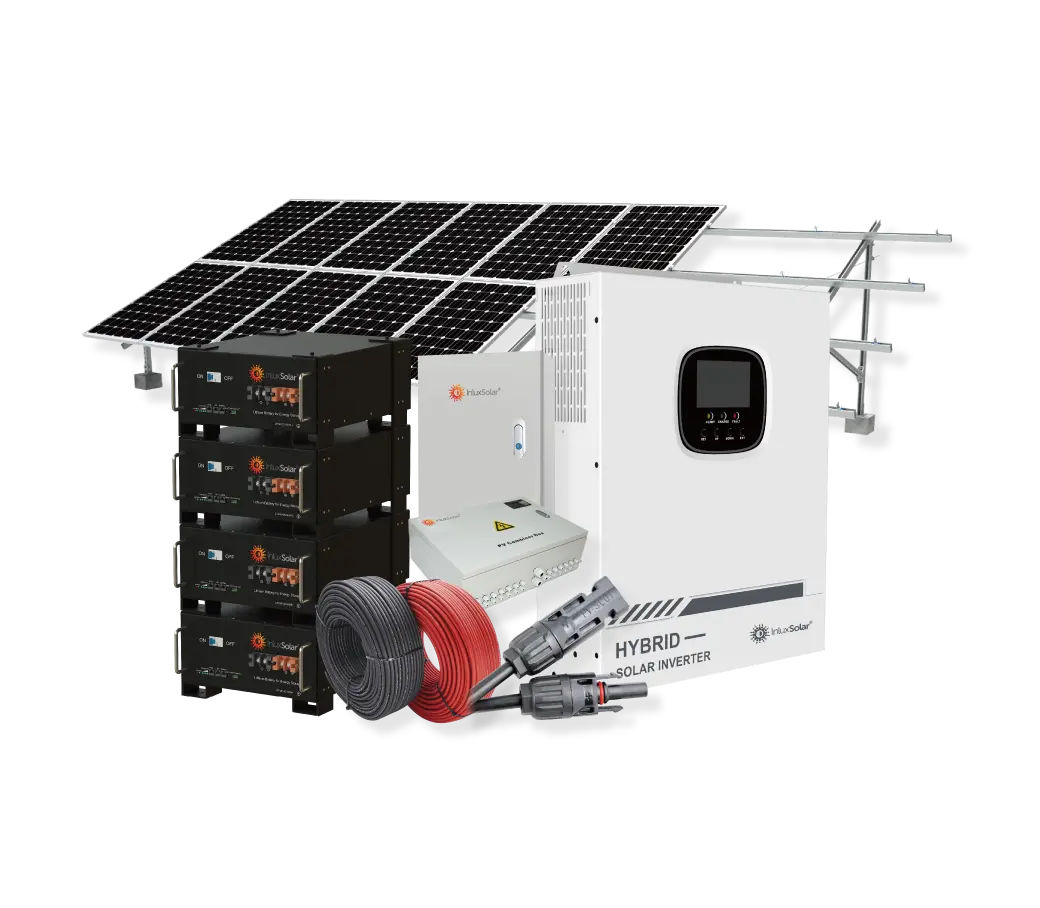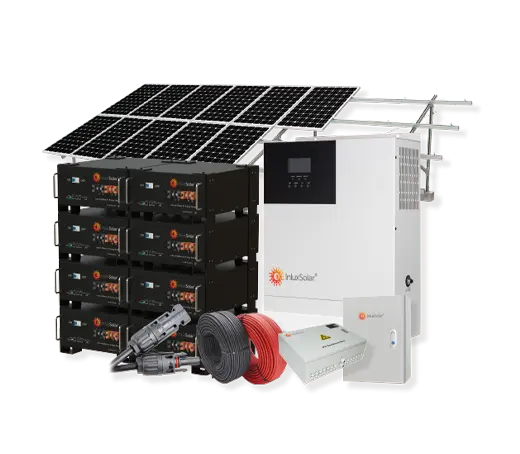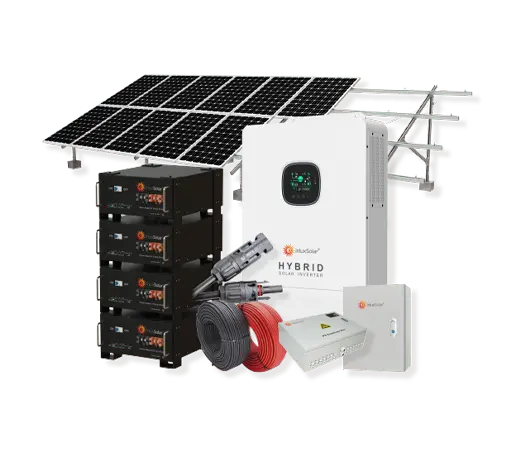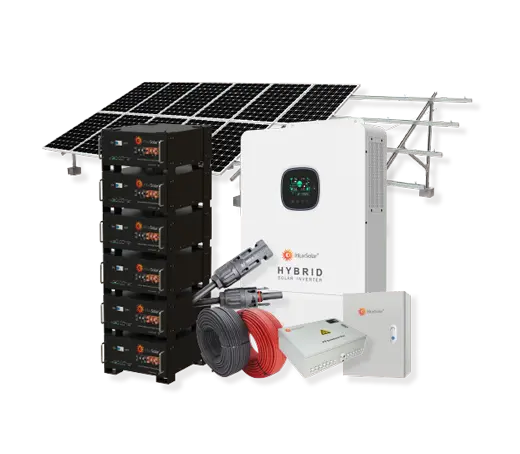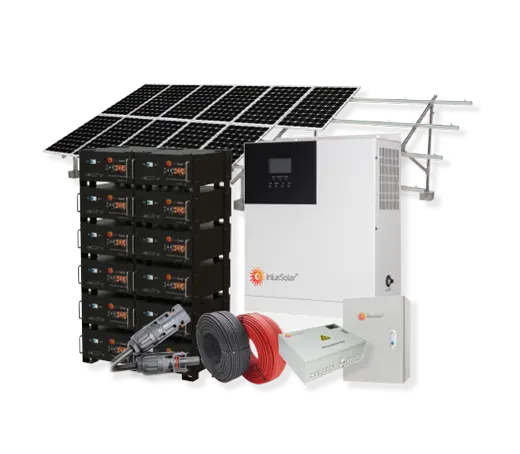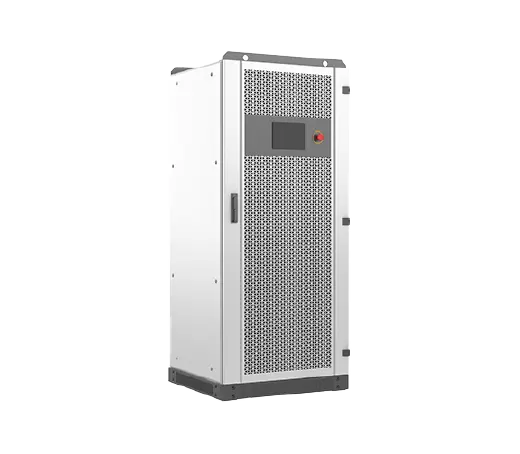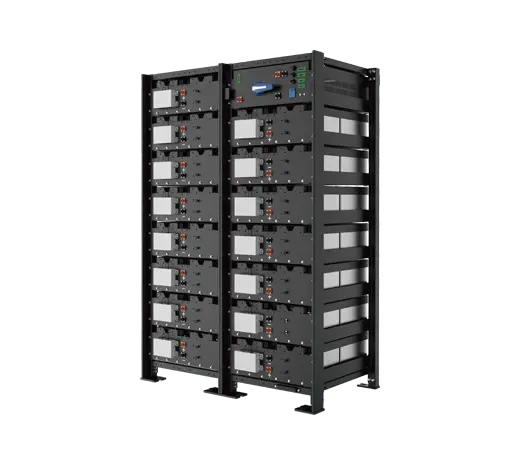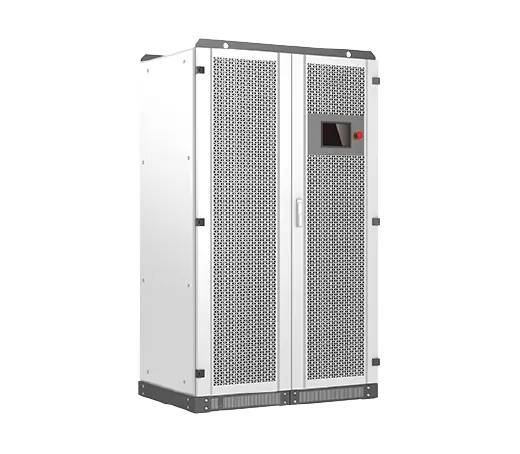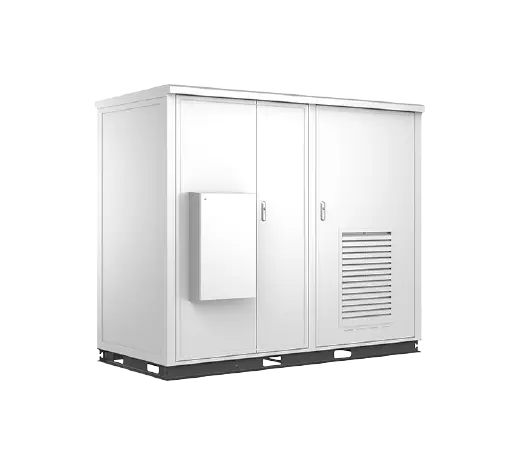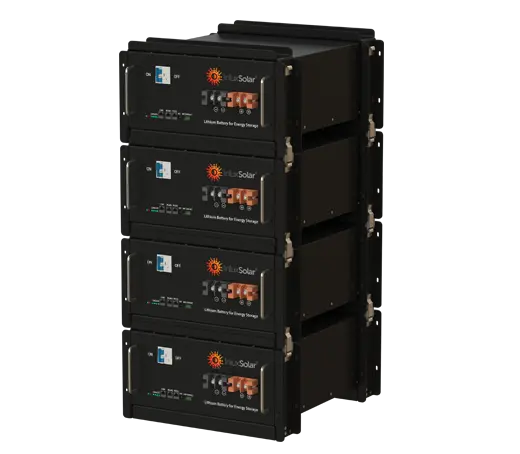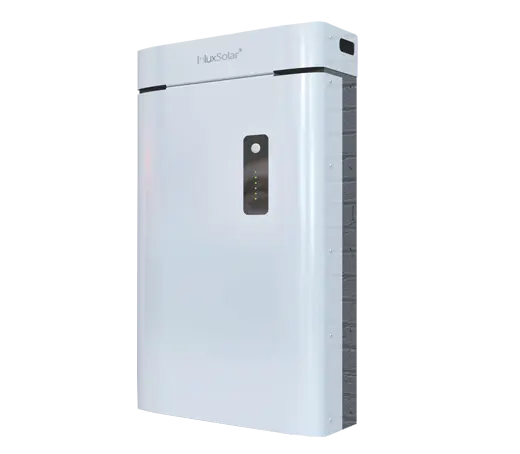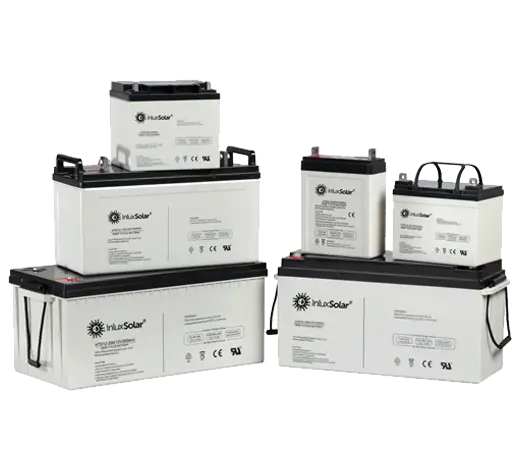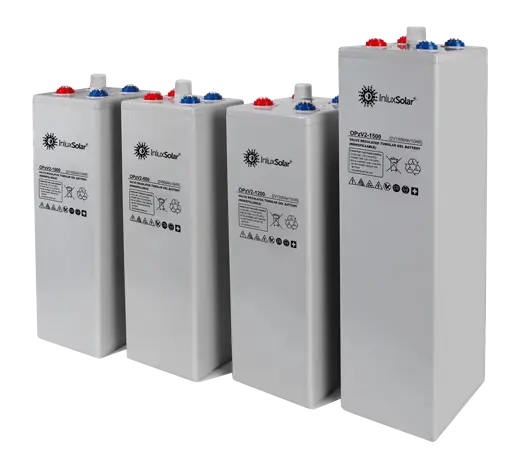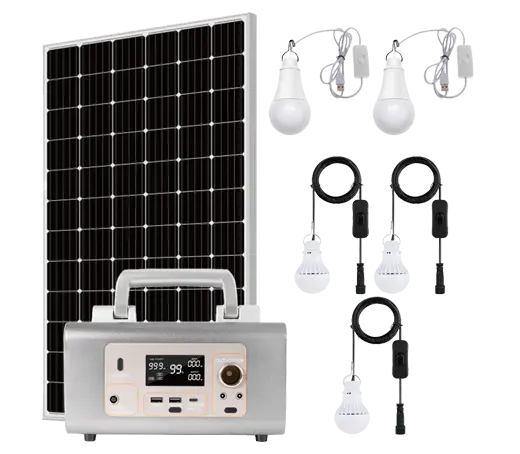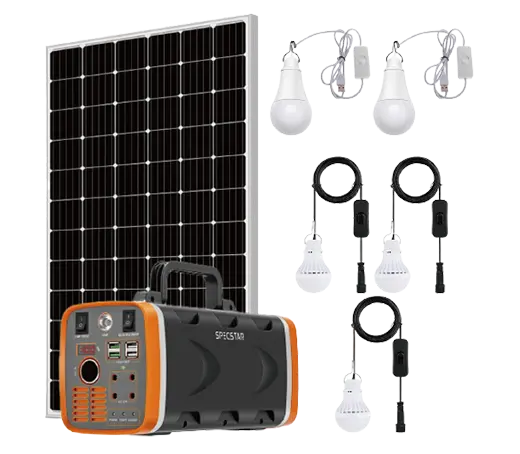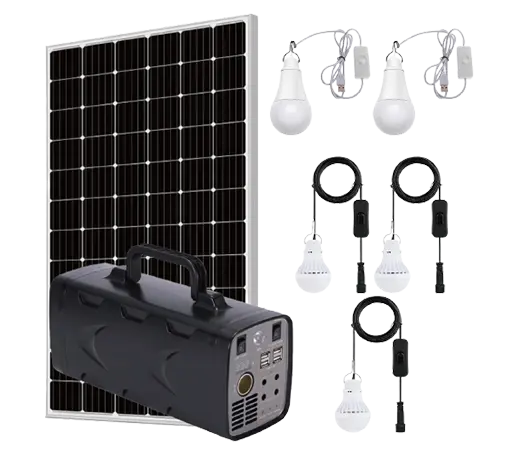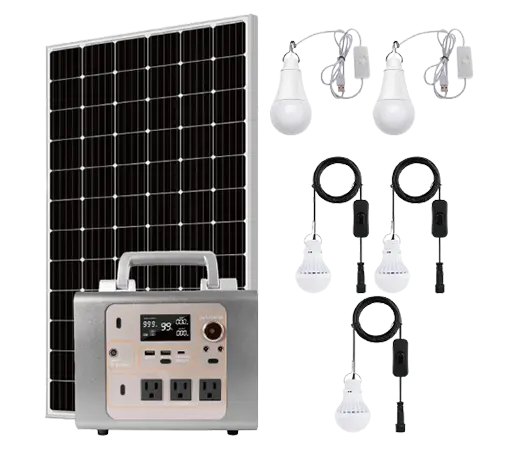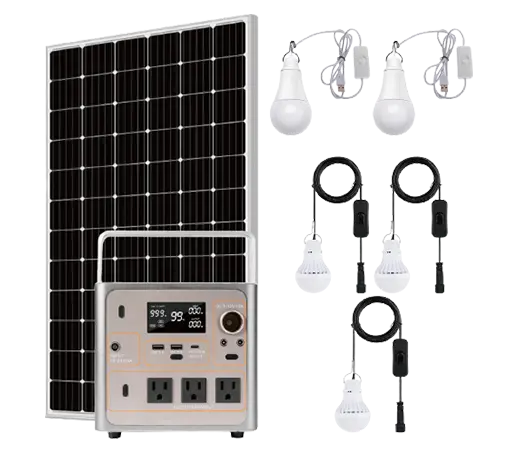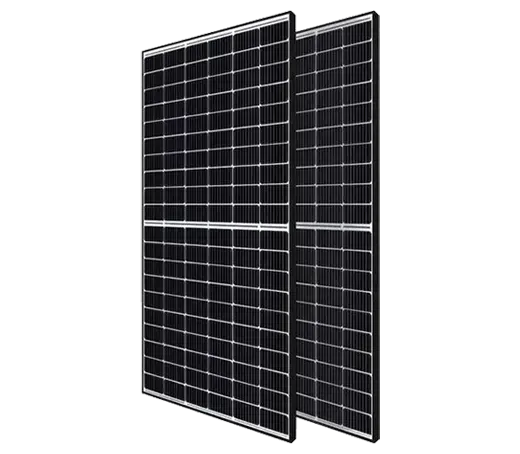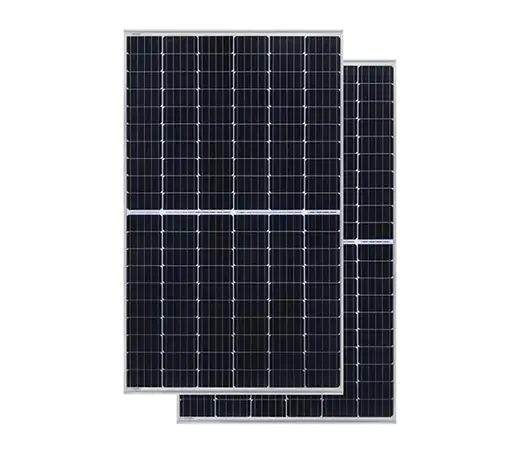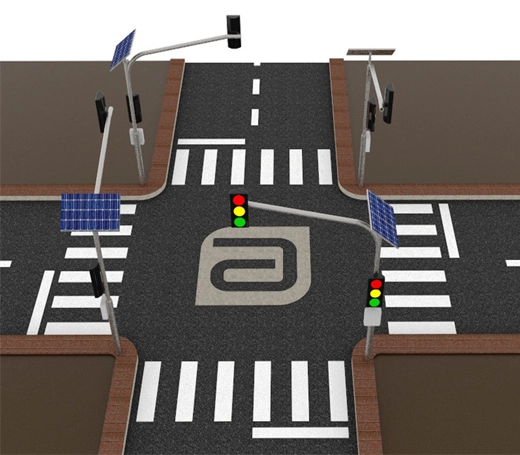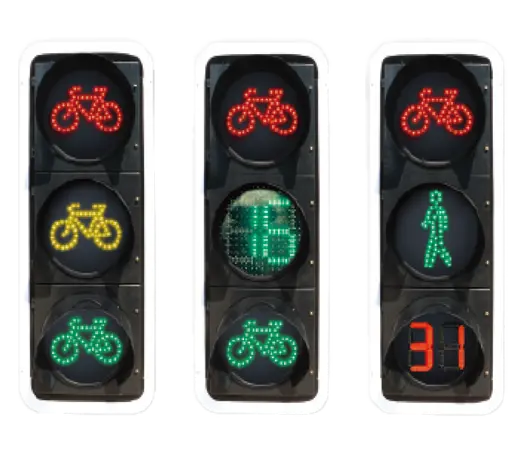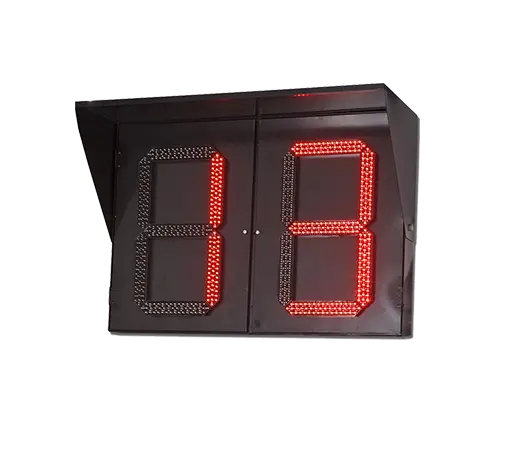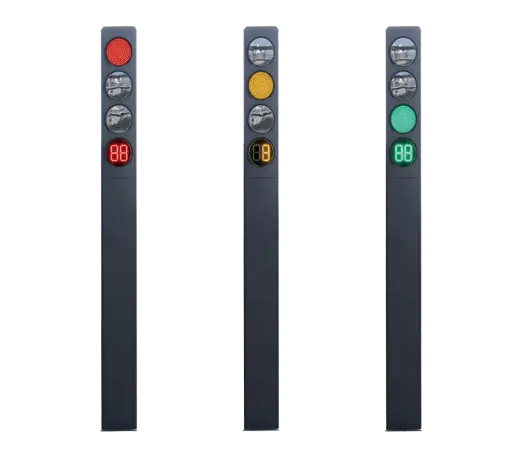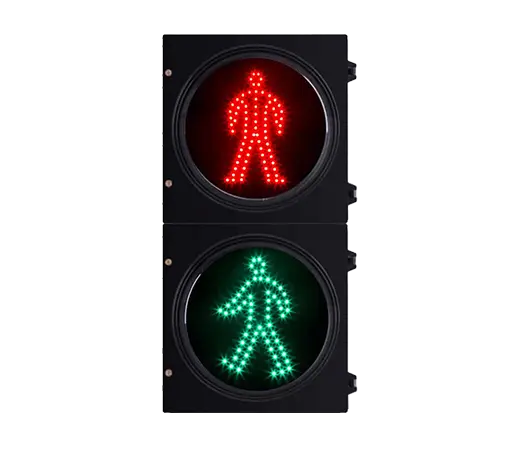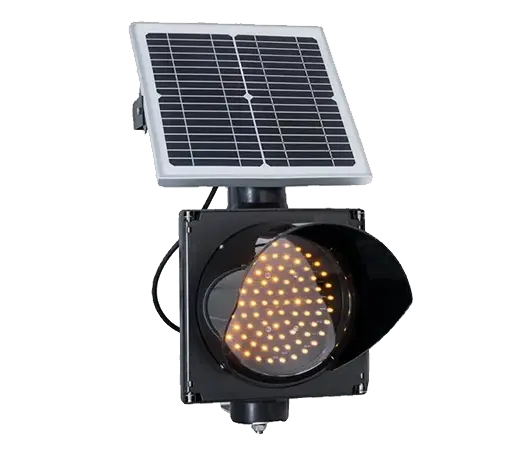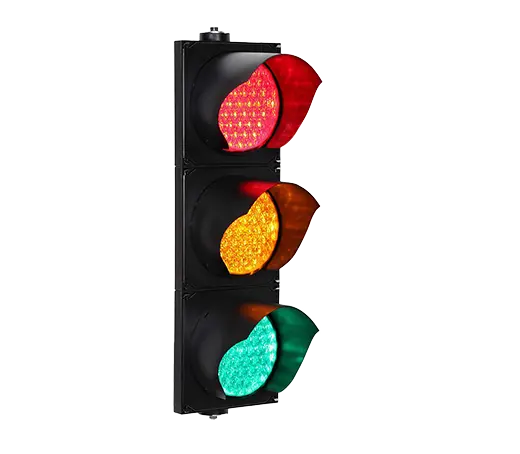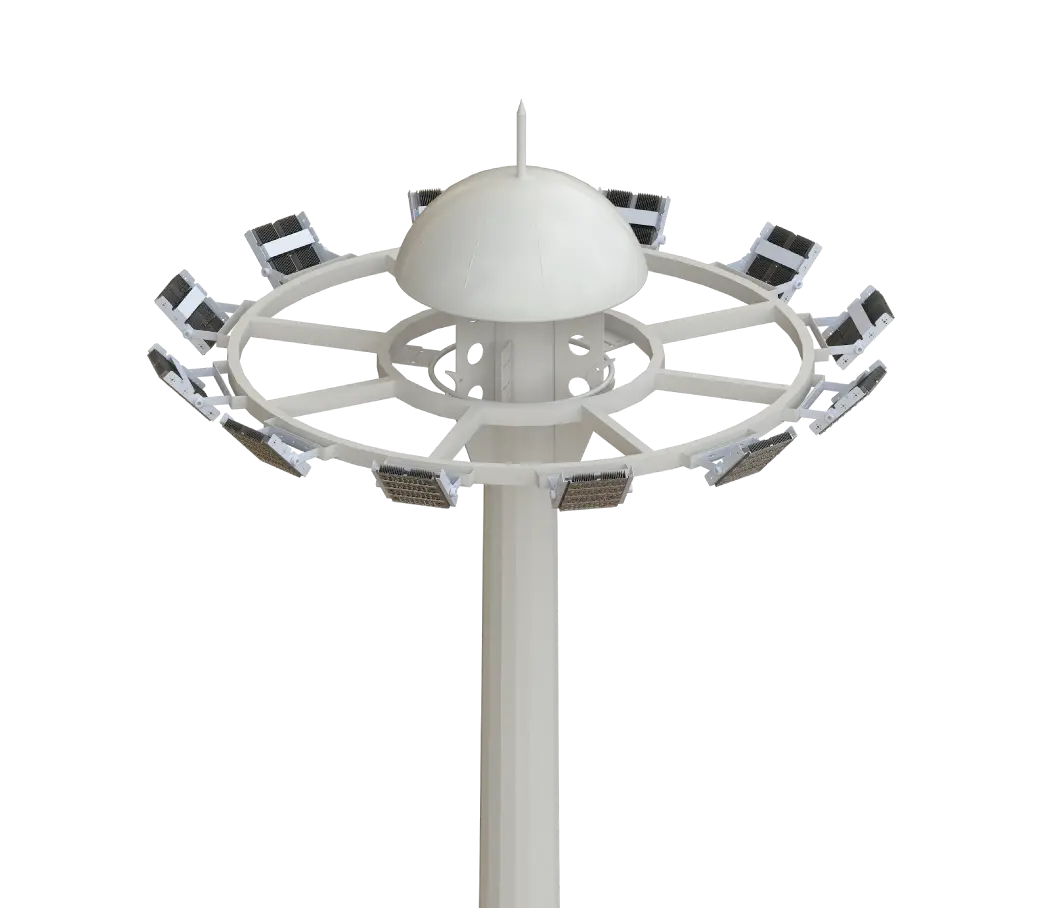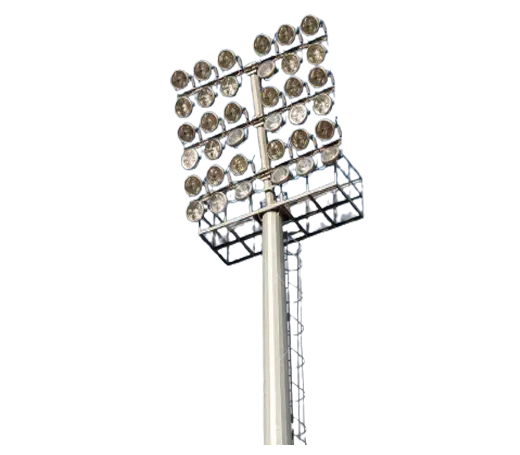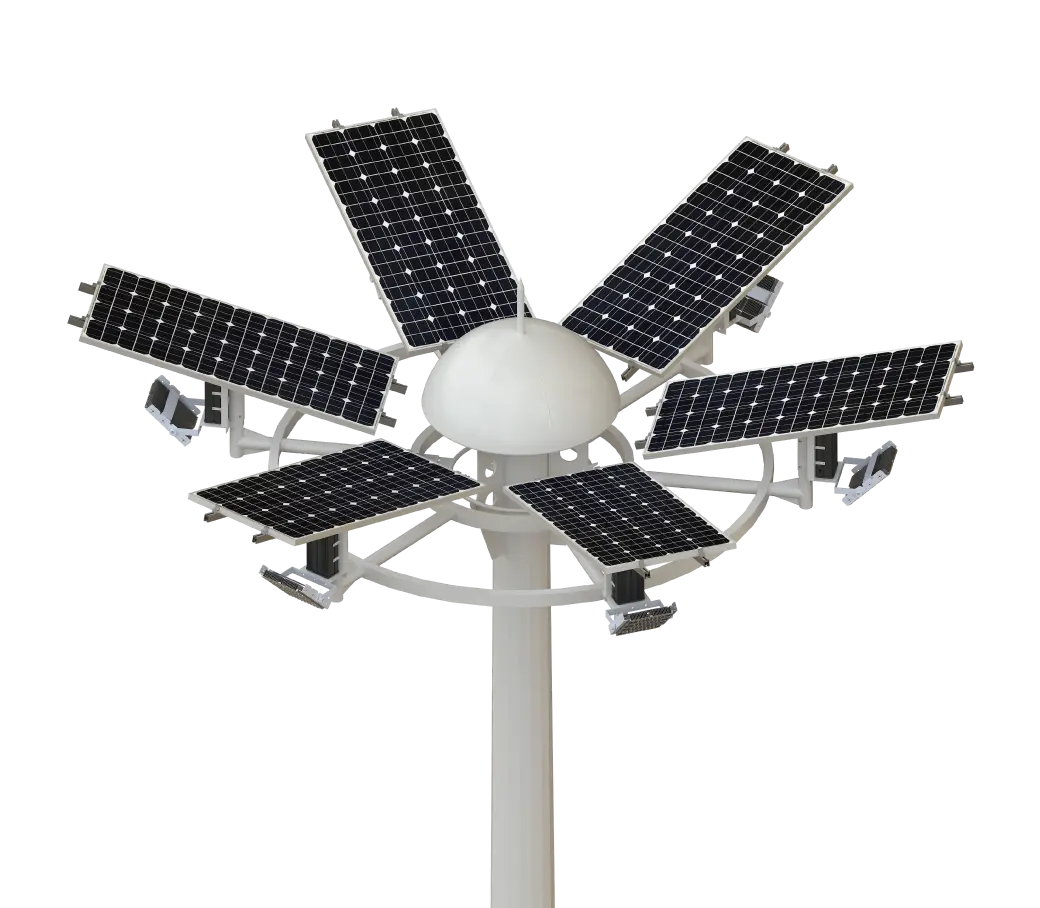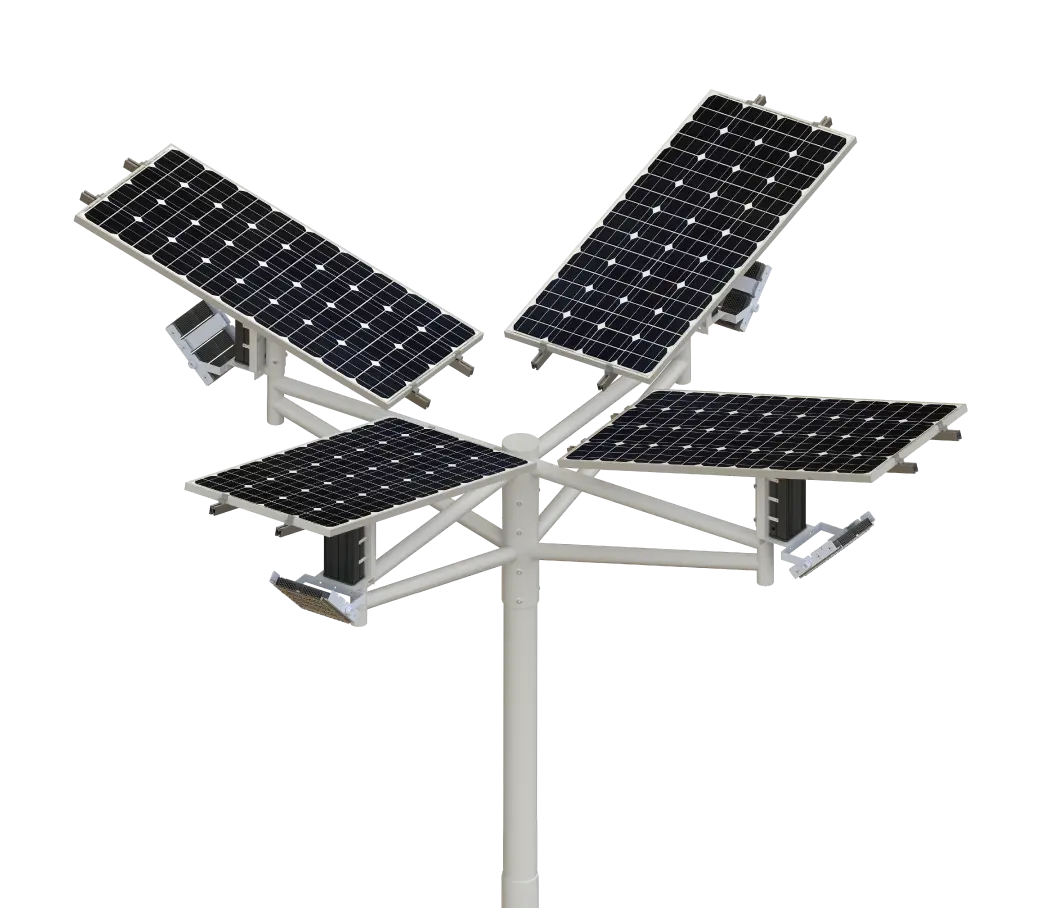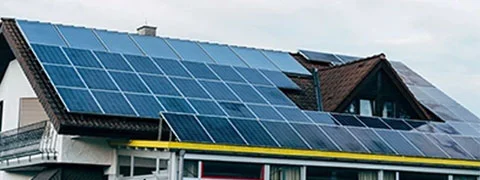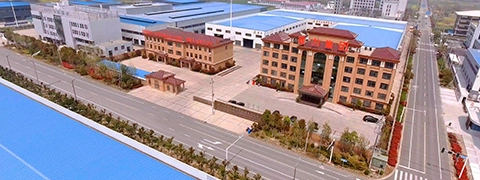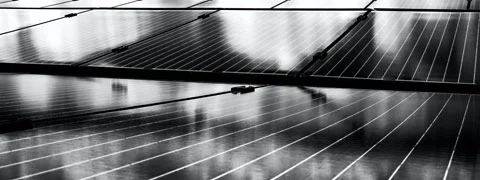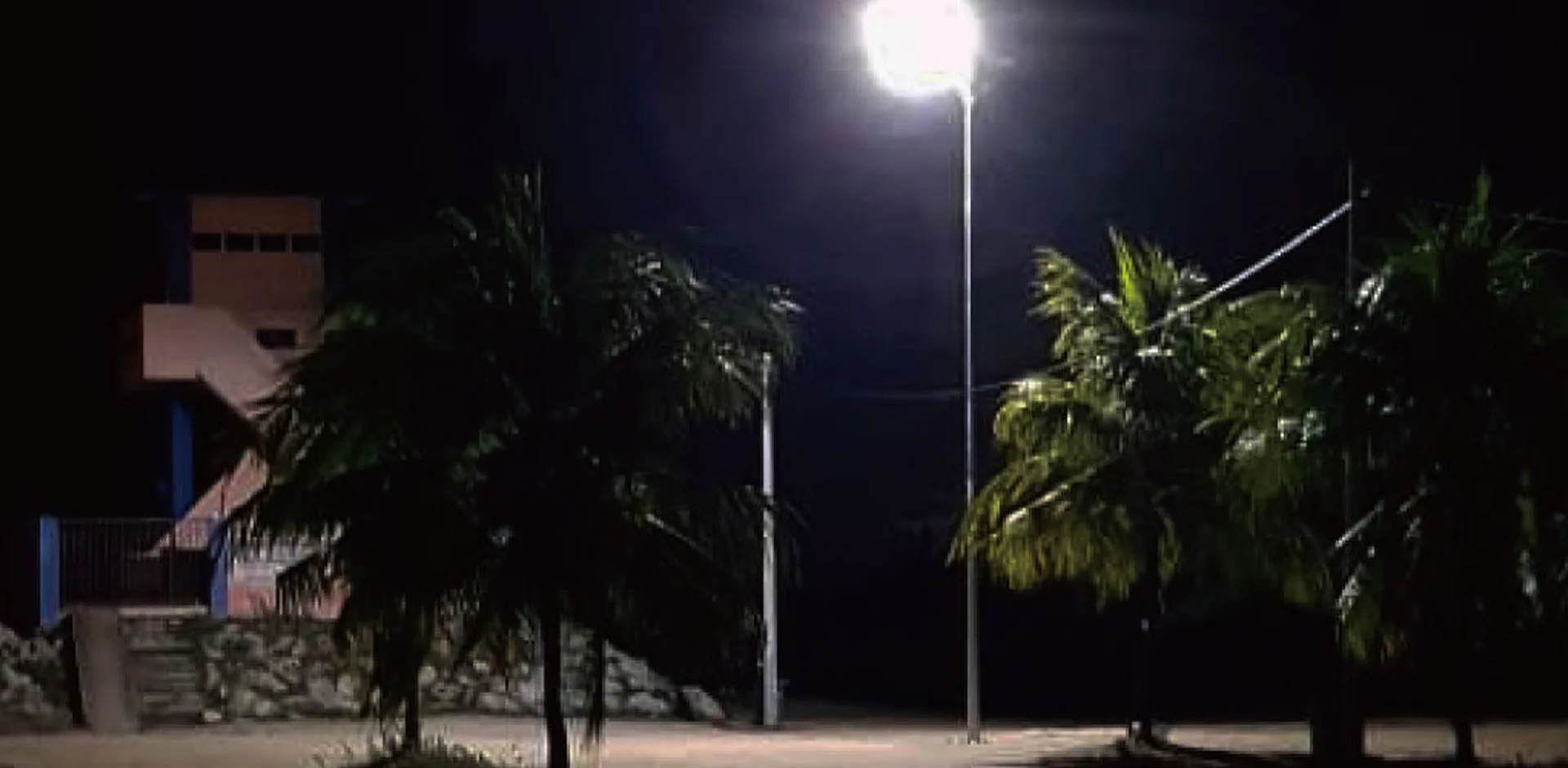As the world gravitates towards sustainable and environmentally friendly solutions, solar-powered outdoor lights have emerged as a compelling source of illumination. While the feasibility of solar outdoor lights has been substantiated by various technologies, their seamless integration into road lighting necessitates in-depth analysis and discussion.
I. Principles and Technology of Solar Powered Outdoor Lights
Solar-powered outdoor lights operate on a straightforward principle. During the day, the solar panels convert absorbed sunlight into electrical energy, storing it in batteries located beneath the lamp post. This charging process is facilitated by high-power diodes. When night falls, the light-sensitive solar panels trigger the control system to illuminate the lamps, providing road lighting – a discharge process. The core technologies of solar LED streetlights encompass solar module efficiency, battery lifespan and capacity, and LED light source heat dissipation.
The efficiency of solar modules generally ranges from 14% to 16%, with mature commercial modules achieving 17% efficiency. Although laboratory experiments have reached efficiencies of 23% or higher, these are typically reserved for solar photovoltaic stations due to their elevated costs. Battery lifespan has seen modest improvements, emphasizing enhanced quality and stability. LED light source heat dissipation is effectively managed through aluminum-based circuit boards, thermal silicon grease, and heat sinks, ensuring optimal performance while considering cost implications.
II. Key Design Points for the Application of Solar Powered Outdoor Lights in Urban Lighting Systems
1. Design Data Requirements
Solar Radiation: Utilizing solar radiation databases for different inclined surfaces helps determine the optimal tilt and azimuth angles for solar panel installation. Precise calculations of the local solar standard peak sunshine hours are essential.
Light Source Power: The choice of power for streetlamp light sources significantly influences road lighting standards and overall system parameter stability during application design.
Operating Hours: Determining the required operating hours for street lamps at night is a crucial parameter, as it forms the core of initial power consumption calculations and aids in estimating the charging power for solar panels.
Rainy Days: Understanding the local context helps define the consecutive rainy days the solar outdoor lights must endure. This determines battery capacity and the solar panel power required for post-rain recovery.
2. Technical Parameters of Solar Powered Outdoor Lights
Solar Panels: The selection of solar panels must meet national specifications and undergo comprehensive testing. Optimal components exhibit high conversion efficiency, secure terminal connections, and include bypass diodes to prevent thermal hotspot effects.
Controller: Controllers must feature reverse connection protection for both batteries and solar panels. Night anti-reverse charging protection ensures that batteries cannot charge solar panels during nighttime. Overcurrent and short-circuit protection safeguards the system during abnormal conditions. Additional functionalities such as overcharge protection and intelligent protection are essential.
Batteries: Choosing high-quality, specialized solar batteries with buried protection is imperative to mitigate external temperature effects on battery performance and lifespan. Rigorous testing, including cycling, capacity, self-discharge, deep discharge, terminal voltage, short-circuit safety, and overcharge safety, ensures battery reliability. Submersion and water penetration tests are also crucial to confirm water resistance.
In conclusion, the application of solar-powered outdoor lights in road lighting requires a meticulous understanding of the underlying principles and design considerations. As we progress towards more sustainable urban lighting solutions, integrating solar technology intelligently is key to enhancing efficiency and resilience in our road lighting systems.


 SolutionsInlux Solar Street Lights are designed to provide energy-efficient lighting solutions for a wide range of applications. They are particularly suitable for use in rural areas, highways, city streets, public parks, sidewalks, parking lots, and commercial properties.
SolutionsInlux Solar Street Lights are designed to provide energy-efficient lighting solutions for a wide range of applications. They are particularly suitable for use in rural areas, highways, city streets, public parks, sidewalks, parking lots, and commercial properties. Projects1000+ Projects in 100+ Countries
Projects1000+ Projects in 100+ Countries About UsAs a Leading international manufacturing company, INLUX SOLAR develops and manufactures advanced solar outdoor lighting and power system solutions for the worldwide commercial & municipal projects.
About UsAs a Leading international manufacturing company, INLUX SOLAR develops and manufactures advanced solar outdoor lighting and power system solutions for the worldwide commercial & municipal projects. English
English français
français Español
Español
